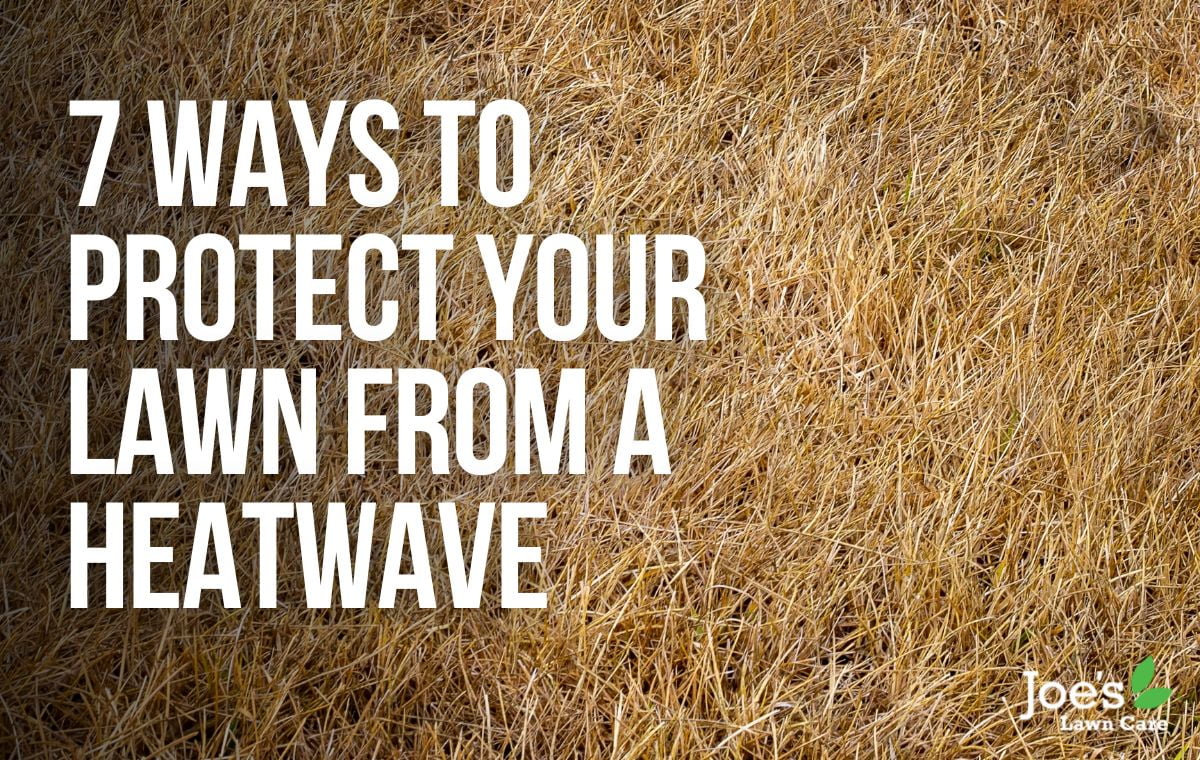7 Ways To Protect Your Lawn From A Heatwave
We know it always feels a little optimistic to say the words a heatwave is on the horizon. After all, this is the UK where even August can give us four seasons in one day. But with the climate warming up and super-hot stretches becoming more and more common, there’s a pretty big chance of your back sweat gluing your shirt to your garden sofa at some point this summer. Sure, that might sound like good news for those tan lines, but it’s not such good news for your cool-weather grass. We thought you would like to hear our 7 Ways To Protect Your Lawn From A Heatwave.
You see, most species of grass in Blighty don’t like it when the weather heats up and the ground dries out because those kinds of conditions can stress out your turf. Luckily, this shouldn’t happen too much, but when it does, here are our 7 steps that will help protect your lawn from the side-effects of a heatwave.
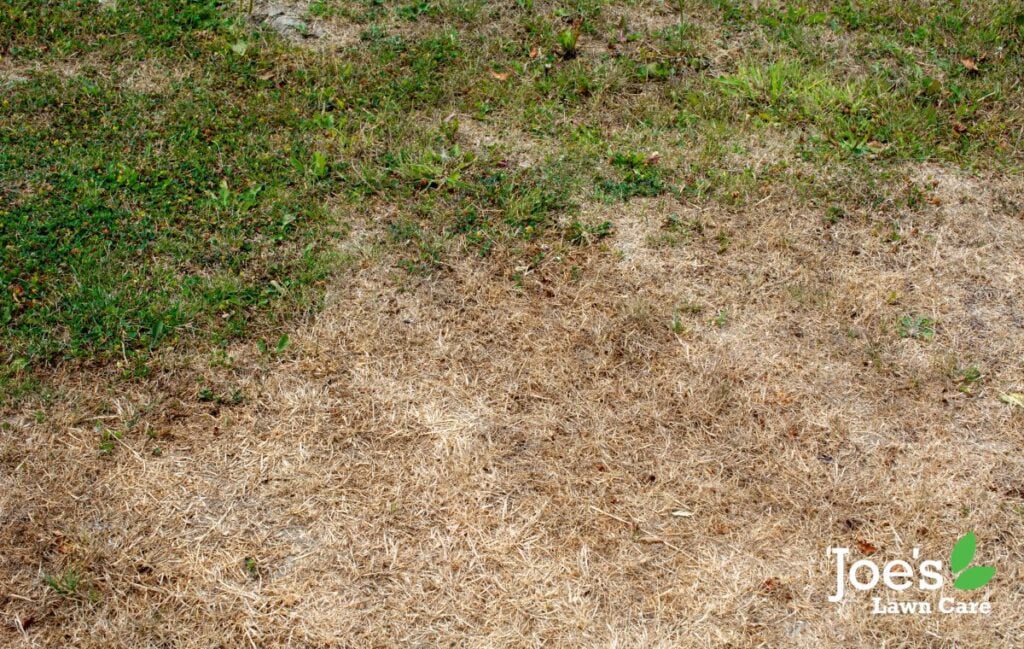
A Healthy Lawn Always Wins
Whether it’s a heatwave or a deep freeze showing up on the weather report, the healthier your grass, the more resilient it will be to extreme temperatures, especially the heat. That’s because a lawn that has healthy grass leaves and deeper roots is able to store more moisture, preventing it from shrivelling up and turning brown. That’s why your best defence in lawn care is maintaining your lawn all year round. To understand how to do that more, head over to our advice-filled blog.
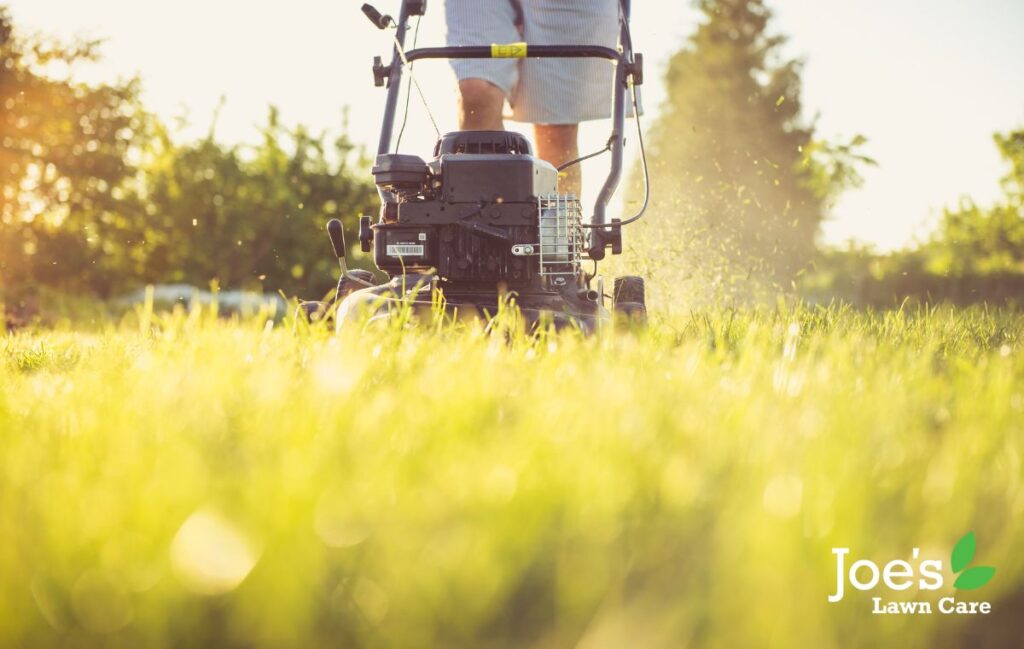
Mow High & Mow Often
The higher the mercury rises in your thermometer, the higher you should raise the blades of your mower. The reason for this is simple: the longer your grass blades are allowed to grow the more they’ll shade your soil and thus slow up the loss of any moisture in the ground. And that will prevent your lawn from drying out. The other mower move worth making is removing your grass collector. Do this so that you spread a fine layer of chopped grass blades across the surface of your soil, which will shade your soil, protect any moisture and feed your lawn some much-needed nutrients.
Aeration is a Must
When your lawn gets too hot and too dry, it can become hydrophobic. That means your soil will actually start to repel water, as it runs off the surface instead of soaking in. To prevent this from happening, we recommend aerating your lawn. This can either be done with a professional aerator that’s designed to reduce compaction and increase the amount of water, air and nutrients that can get down to your roots, or you can simply spike your lawn with a garden fork. Either way, regular aeration is a great way to keep your lawn healthy ahead of a heatwave.
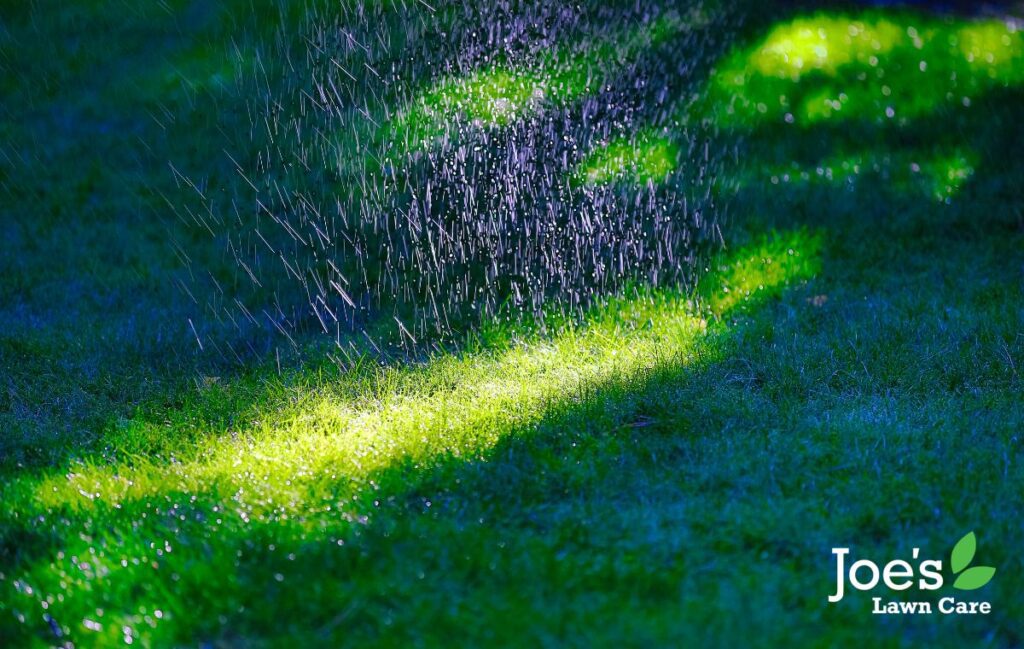
Add Some Shade
Have you ever stepped into your garden and noticed how the grass underneath your table/trampoline/garden furniture is always greener than the rest of your lawn. Especially during a heatwave? Well, the reason for this is the shade. Grass that is hiding in the shade is sheltered from the sun during the hottest stretches of the day. Translation: if there’s a patch of lawn in your garden that is always drying out and turning a beigey-brown, try putting up some shade. That could be a patio umbrella shoved into the soil, a windbreaker, a garden sail or anything else you can think of. Trust us: your lawn will thank you for it!
No More Feeding
When it comes to lawn care, one of the worst mistakes you can make is applying nitrogen to your grass. That is what we’d call a disaster. That’s because dry grass has a tendency to react really badly to a lawn feed that contains a lot of nitrogen, whereby the feed actually sucks more water out of your grass plants, essentially scorching it. As such, we’d recommend either holding off any feeds, switching to liquid rather than granular or calling in the professionals to ensure you’re using the optimum amount.
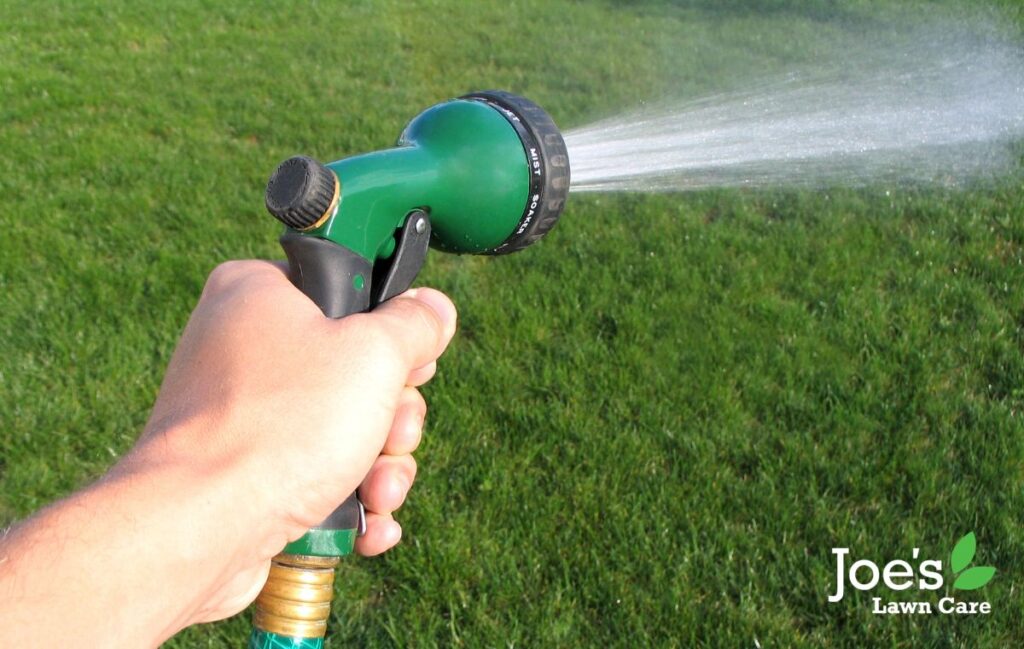
Water, Water, Water.
The reason most lawns dry out and turn brown during a heatwave is due to a lack of water in the soil and moisture reserves in your plants. To prevent this from happening, it’s better to water your lawn deep and infrequently, as opposed to shallow and often. Doing this will mean you’re wetting the soil properly, which will not only soak right down to your grass roots but will also help your lawn to grow nice and thick, preventing it from drying out so quickly. As for the best time, we recommend either first thing in the morning or in the evening, when the sun is at its weakest. That way the water will have time to soak in and not evaporate under the intense heat of the midday sun.
Don’t Worry Too Much
Should you be caught out by a heatwave and find your once lovely, lush lawn has turned brown, try not to worry. A bit like Tyson Fury, grass is very, very hardy, meaning it will almost always find a way to bounce back and thrive as soon as the temperature cools and the rains return.
Thanks for reading our guide on our 7 ways to protect your lawn from a heatwave. For more lawn care tips and tricks, follow us on Facebook and Instagram.





